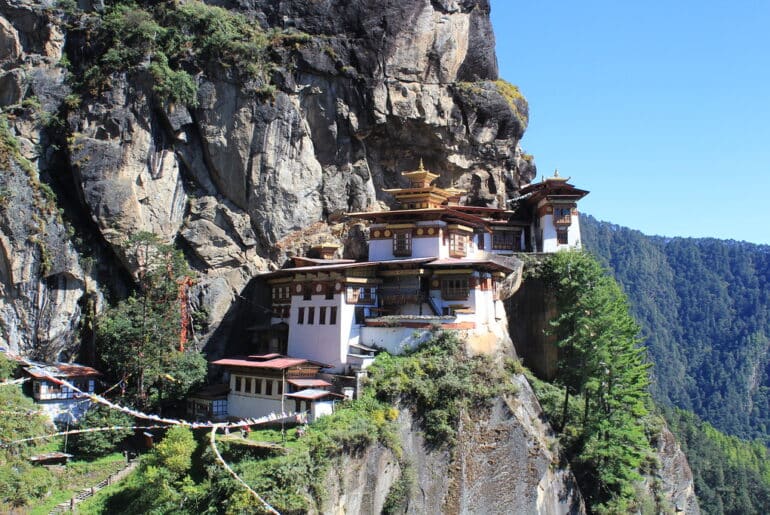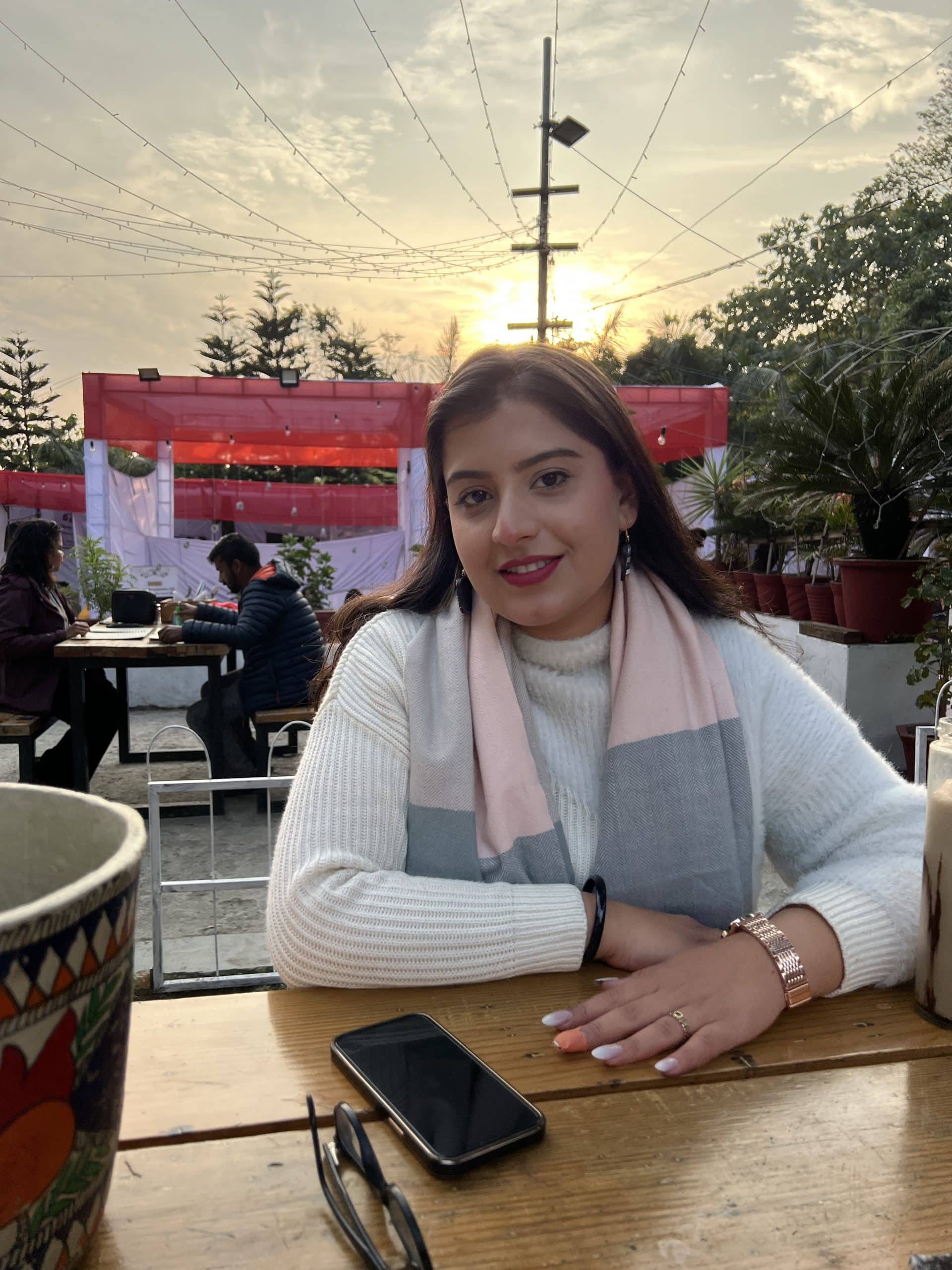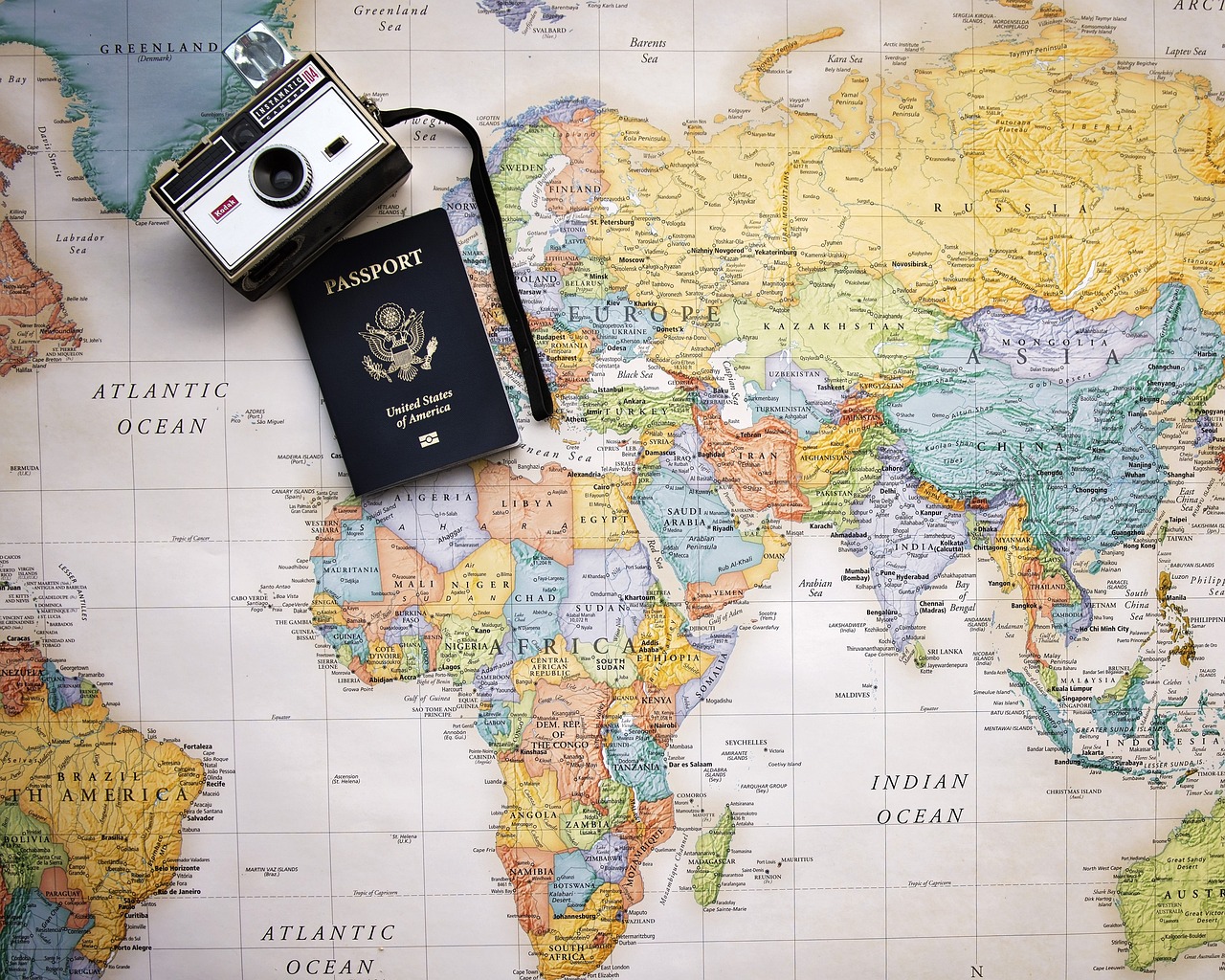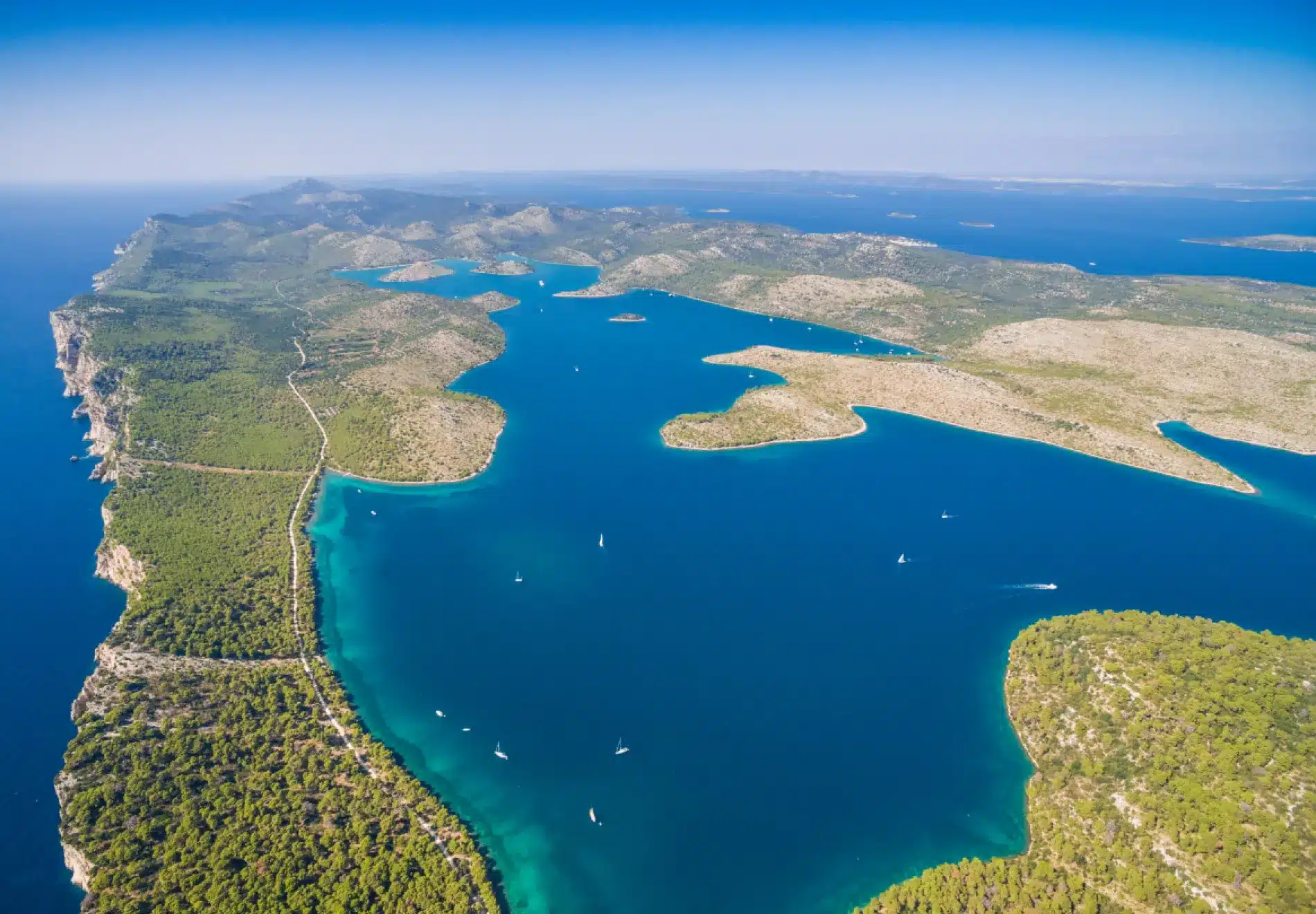Due to the excessive price of $250 per person per day, many visitors to Bhutan stay for a short time. Making the most of your holiday budget by deciding what to see and do might be challenging. We’ve put up an all-encompassing travel guide to Bhutan, including detailed district maps and descriptions of the country’s most prominent attractions. Both first-timers and regulars will love it!
Aim And Hit The Bullseye

Bhutan’s national sport and main spectator activity is archery. Men in patterned ghosts (traditional robes) gather in large groups on hills, across fields, and in stadiums around the nation to take turns shooting arrows at a target 140 metres distant.
Cheerleaders, groups of ladies singing and dancing in circles in their best silk clothes, and people of the neighbouring hamlet all gather around them to support their team and mock the opponent. The female fans’ noisy shouting, singing, and dancing are as exciting as the game itself.
The Changlimithang Stadium in Thimphu is the crown jewel of Bhutan’s archery facilities. However, there is one in every hamlet. The significant events in Bhutanese archery are the Coronation National Archery competition and the Yangphel tournament, which take place around Losar, the Bhutanese New Year.
Tiger’s Nest Monastery

Visiting Tiger’s Nest Monastery, also known as Taktsang Monastery, is the number one activity in Bhutan. It is situated just outside of Paro. As one of Bhutan’s holiest places, it should not be ignored. Being so near the airport and requiring just a few hours to climb, it is a popular choice for the many tourists who only have four days to see the nation.
The elevation increase is over 1,000 metres, bringing you to an altitude of almost 3,000 feet. The beautiful monastery that clings to the edge of a cliff is the crowning glory of this walk. Likely, the first picture that comes up when you look up Bhutan will be of Tiger’s Nest Monastery. Aesthetically, it’s stunning. The monks continue to work at the monastery, which is high in the mountains.
Drive The Iconic Dochula Pass
![]()
The awe-inspiring Dochula Pass in Bhutan is 3,140 metres (10,302 feet) above sea level. The lengthy route via the pass connects the capital city of Thimpu to the lush valley of Punakha and provides stunning vistas of the Himalayas. On bright winter days, the snowy mountains provide a dramatic background to the peace of the 108 memorial stupas that dot the mountain pass.
As memorials to Bhutanese troops who died fighting Indian insurgents, these stupas exist today. Ashi Dorji Wangmo Wangchuck, the Queen Mother, approved the shrine in 2003 after King Jigme Singye Wangchuck had defeated the separatists. Families and friends often picnic among the stupas and enjoy the scenery while sipping hot tea.
Phunaka Dzong

The Phunaka Dzong dominates the Bhutanese landscape and is often regarded as the country’s most recognisable landmark. As you know by now, Dzongs were once Bhutan’s fortifications but have now been converted into government offices. They were typically enormous structures with walled courtyards on the inside. Dzongs are not only administrative centres but also monks’ residences. Thus visitors may get the chance to meet and talk with local monks. The Phunaka Dzong, erected in 1637, is the second-oldest dzong in Bhutan and is often regarded as the most imposing.
In 2011, it was also the site of the King’s wedding. These days, it serves as the district headquarters for the Phuaka area, and tourists are welcome to stop by. Crossing the river on the dzong’s wooden bridge is a symbolic gesture.
There is a feeling that you are on the verge of something extraordinary. You may take a trip around the grounds and see monks going about their day. All areas of the dzong, including the temple and courtyards, are open to guests. Peacefully take in the fantastic architecture in the central courtyard, which is home to a large Bodhi Tree (a very ancient and holy fig tree).
Spend some time soaking up the dzong’s peaceful spirit. Taking in the peace for a few hours is well worth it.
Increase Your Gross National Happiness 
International attention has been drawn to Bhutan because of its dedication to improving people’s living standards rather than its economic output. The term “Gross National Happiness” was coined in 1972 by King Jigme Singye Wangchuck.
This is a principle that the government of Bhutan has strived to uphold as it charts a course for the future without compromising the unique qualities that have long made the nation stand out.
The opportunity to consider an alternative worldview, one in which the pleasure and well-being of all people is the ultimate objective of government, is a unique experience for every visitor. An ideology may take many forms. While other nations have cut down most of the trees in the Himalayas, here, 75% of the original forest still stands.
There is no place on Earth like Bhutan, the last of the Himalayan kingdom’s.
Lastly, read more about travel around the world here.



